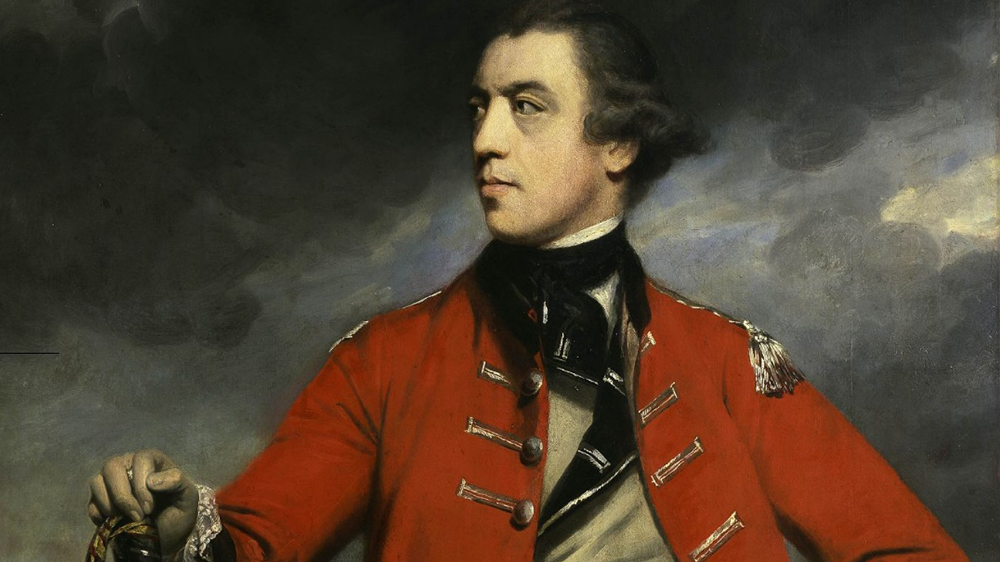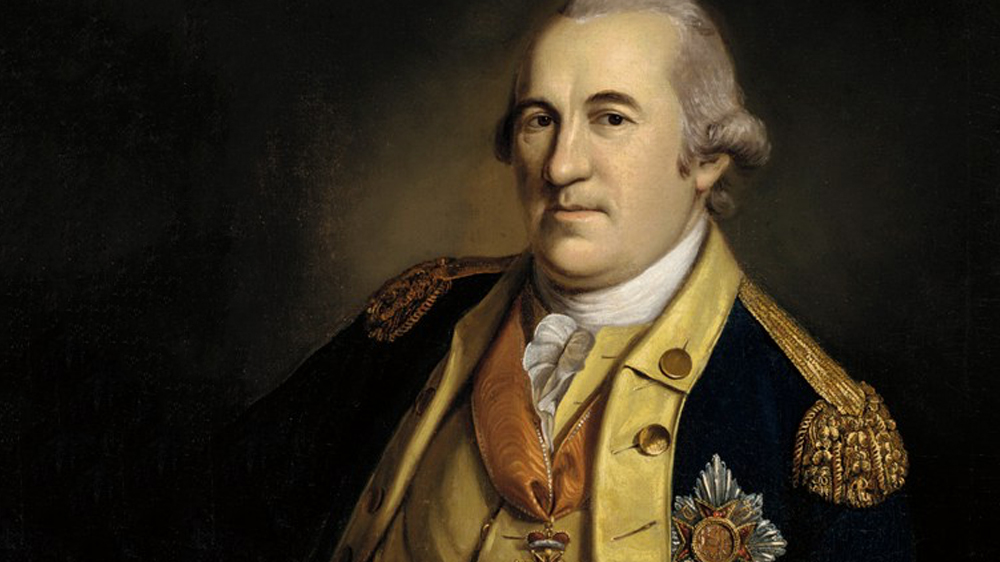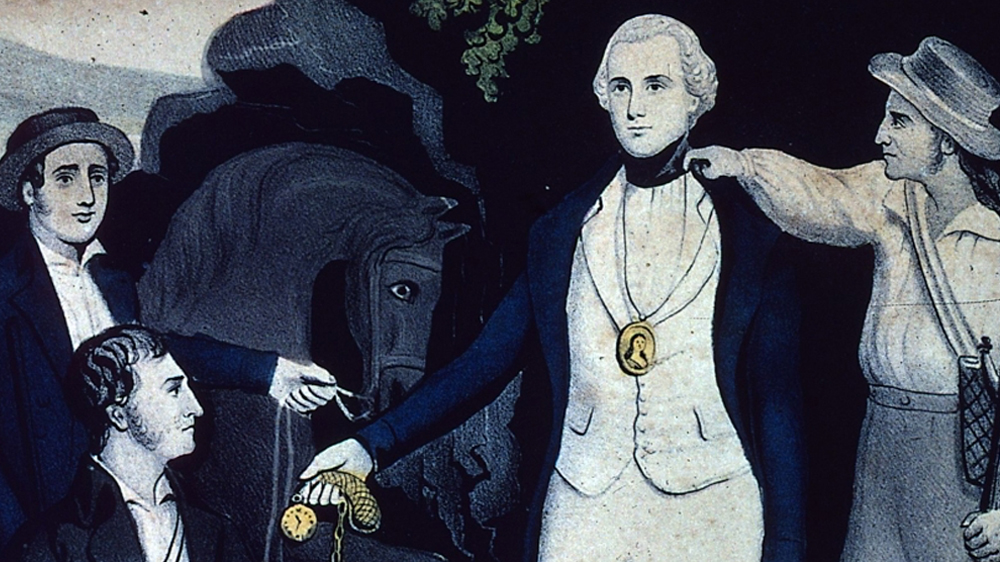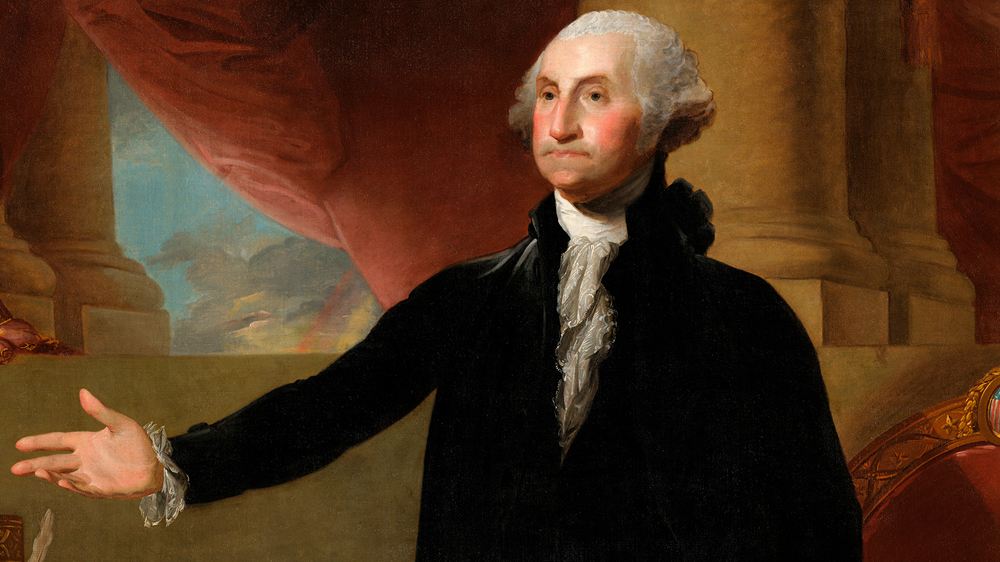Revolutionary Warcraft: 8 Ways American Colonists Booted the British
Led by General George Washington, a motley crew of inexperienced American soldiers defeated the most advanced superpower of the time. How did they do it?
On July 2, 1776 America’s First Continental Congress called an emergency session in Philadelphia. The 50 delegates, which included Benjamin Franklin, John Adams, and Thomas Jefferson, were debating whether to break free from Great Britain, and cease to be yet another colonial outpost in its far-flung empire. They knew that declaring freedom would be an act of treason punishable by death. Yet despite their fears, the delegation believed the opportunity to be an independent nation was worth the risk. On July 4, 1776 the 50 members ratified the Declaration of Independence.
Despite the odds stacked gravely against them, Americans did have one advantage: unbridled willpower. The British may have been fighting for a king, but American patriots were fighting for the ideal of liberty—for themselves, their families, and future generations.

On July 12, 1776 two British warships attacked New York City, with 400 vessels and 32,000 Redcoats soldiers on the way. By September, 4,000 British troops arrived and swarmed the city, which easily fell under its occupation. It was the first defeat for George Washington, but the General and his Revolutionary Army had some surprising moves up their sleeve.
Here are eight extraordinary ways Americans won their freedom:
1. They Used the Land to Their Advantage
In June 1777, the British thought they could end the war for good, but they soon realized they were no match for the American frontier. Washington employed new tactics and a new kind of soldier the British had never seen. Trained to fight in open battlefields, the Redcoat Army was stealthily picked off by sharp-shooting American soldiers hiding in the dense forests. Without cover, the British essentially became sitting ducks.
2. They Obtained Advanced Weaponry
Using German technology that released a spinning bullet from the barrel, American soldiers could shoot their long rifles with deadly accuracy and reach much longer distances than the British muskets.

3. They Targeted Native Americans Allied with the British
In another surprise tactic, American soldiers focused on taking out the Native American scouts who were helping the British. Taking cues from Native American war tactics, American soldiers used stealth, speed, and surprise to kill them off. By eliminating the Native American scouts, the British had no knowledge of how to navigate the land.
4. They Took Out British Officers
Two years into the American Revolutionary War, the British had taken over many of the colonies, pushing American soldiers back into the wilderness. But the rebellious soldiers had another line of defense―assassinating British officers so their foot soldiers would be left leaderless. The strategy worked and was yet another rule of war that the Americans broke. On October 17, 1777 British General John Burgoyne surrendered his campaign near Saratoga, New York, which turned the tide of the war.

5. France Joined America's Cause
With General Burgoyne's surrender, France decided to ally with the Americans and help them fight the British. Now the Redcoats were under attack by land and sea from not one, but two rivals.

6. Washington Appointed Baron Friedrich von Steuben as His Second in Command
When winter arrived at Valley Forge in Pennsylvania, George Washington's 14,000 troops, mostly a ragtag team of former convicts, slaves and immigrants, found themselves in dire straits; their resources were dwindling (one fifth of the men didn't have shoes), with dysentery and an epidemic of smallpox spreading amid the brutal cold. Washington decided to place Baron von Steuben as his second in command to help get the men in order. Von Steuben, an ex-Prussian military officer whose homosexuality had allegedly ruined his career, brought discipline as well as hygiene to the militia to avoid further spread of illness. He also wrote a military training handbook that is still used today and taught the men how to use the bayonet. All of these efforts helped transform American soldiers into highly skilled killers.

7. Washington Created an Impressive Network of Spies
George Washington had an intricate network of spies throughout the war. (A British officer would later say that Washington didn't out-fight the British, he out-spied them.) Among the General's many spies was Robert Townsend, a faux loyalist who wrote for the Loyalist Press. But to Washington, Townsend was "Culper Junior" (code name), and it would be Culper's Gang that would help change the course of the war.
By July 1781 rumors had spread that a French fleet was spotted off Rhode Island and the British were planning a surprise attack by sending warships from New York. Using invisible ink in letters, a long chain of American spies relayed the message to General Washington. He assembled troops and sent them to New York to attack the British and keep them in New York harbor. His plan worked. The French fleet safely escaped.

8. Revolutionaries Practiced Perseverance
October 1781. The war that the British thought it could win in six months was now in its sixth year. The American Revolution came to a head in Yorktown, Virginia. Washington's transformed army of 8,000 men waited for their signal to charge while the remaining British troops desperately waited for reinforcements. (By this time, the war had become unpopular and costly back home in Great Britain.) The 9,000 British troops were hanging on by two remaining canon forts; if the American soldiers took them, the war would be over. Under a hail of bullets and hand grenades, 400 American troops went in for the kill. They charged the fort and successfully breached British defenses. Two days later, the British surrendered. The U.S. had become the only country to win its independence from the British during war. More than 25,000 Americans lost their lives in the struggle for a democratic, free nation.
Eight years later, on April 30, 1789, Washington was sworn in as the first president of the United States.

